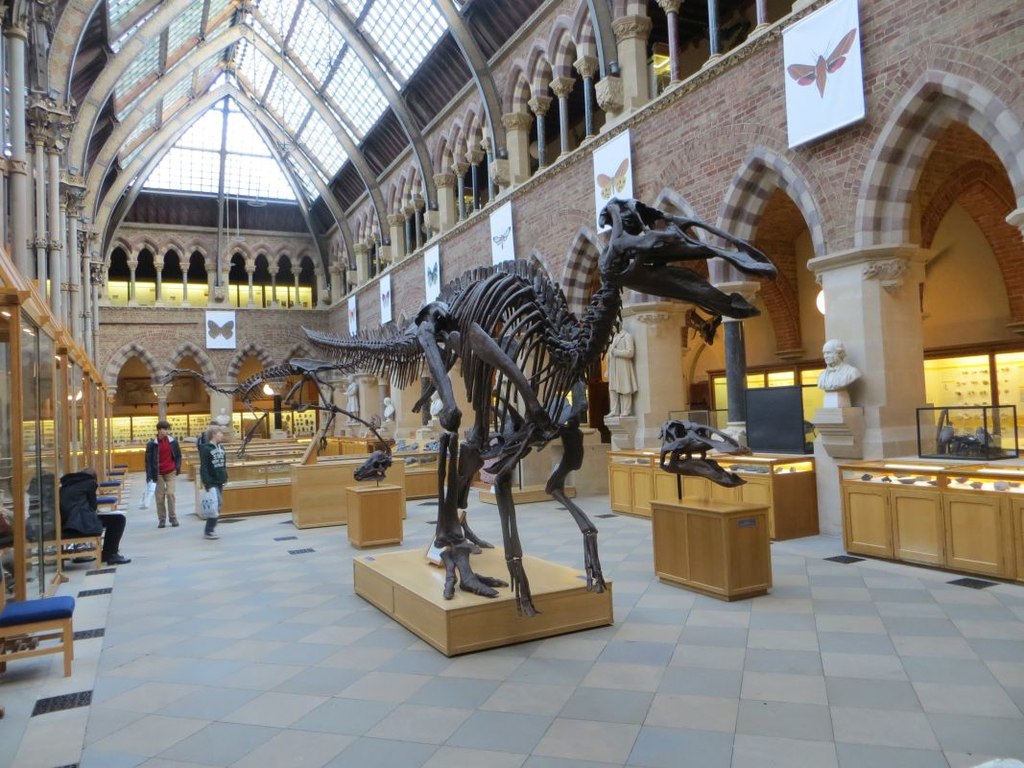You might think dinosaurs vanished entirely when that asteroid struck 66 million years ago, but the truth is far more incredible. Walk around your home and you’ll find traces of these ancient giants in objects you encounter daily. From the pillows you sleep on to the wishbone you split at Thanksgiving dinner, dinosaur DNA runs deeper through modern life than most people realize.
Scientists have uncovered remarkable evidence showing that many features we associate exclusively with modern animals actually began with dinosaurs millions of years ago. These discoveries revolutionize how we understand both prehistoric life and the evolutionary connections that still shape our world today. Let’s explore eight surprising everyday items that carry the legacy of these magnificent creatures.
Your Down Comforter and Pillows

That fluffy down filling keeping you warm at night shares a direct evolutionary lineage with dinosaur plumage. Feathers predate birds, having first belonged to extinct dinosaurs, with the first fossilized feathers found in extinct dinosaurs in 1996. When you sink into your down comforter, you’re essentially wrapping yourself in an evolutionary technology that began roughly 200 million years ago.
These primitive structures, composed of a single tubular filament, emerged around 200 million years ago in certain dinosaurs, with paleontologists continuing to discuss the possibility of their even earlier presence in the common ancestor of dinosaurs and pterosaurs around 240 million years ago. The earliest feathers evolved for thermoregulation to help keep animals warm, and the first feathers didn’t look anything like modern feathers but looked more like hair, differing from hairs based on follicle structure but consisting of just a monofilament.
Chicken Eggs from Your Kitchen

The fact that eggshell pigments are detected only in theropods provides evidence that this group of dinosaurs gave rise to modern birds, with birds being the only living amniotes that lay colored eggs, making it likely that eggshell pigments evolved a single time in an ancestor of birds and advanced theropods. Every time you crack a colorful egg for breakfast, you’re witnessing an innovation that first appeared in dinosaur nests millions of years ago.
The oviraptorid Heyuannia and the famous sickle-clawed dromaeosaur Deinonychus laid colorful blue-green eggs, while some troodontid eggs were brown with speckled or spotted patterns. The appearance of colored eggs coincides with the evolution of partially open nests and may have been driven by new selective pressures, with brown speckled eggs potentially being better camouflaged from predators when parents left the nest to feed.
The Wishbone in Your Turkey Dinner
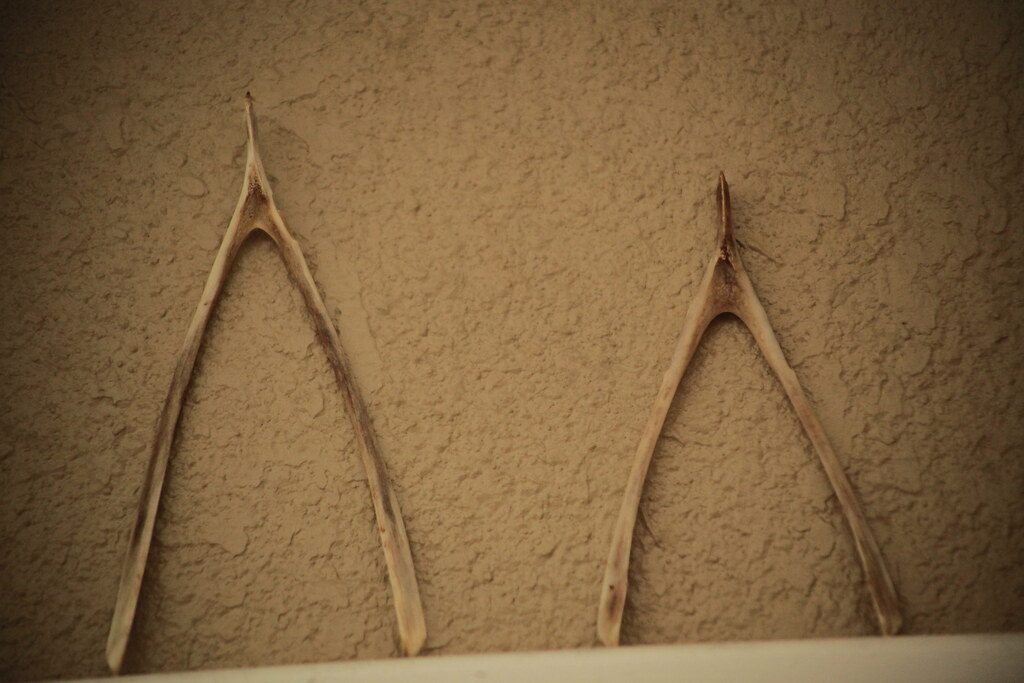
Clavicles or a single fused wishbone, which derived from separate clavicles, were not actually absent in dinosaurs as once thought but had been found as early as 1924 in Oviraptor, with wishbones being so common in birds and starting to turn up in some bipedal, meat-eating dinosaurs such as Velociraptor almost as soon as scientists started looking in the 1920s. That Thanksgiving tradition of snapping the wishbone connects you directly to dinosaur anatomy.
Hollow bones are among several traits that made early birds well prepared for flight before they could take to the skies, along with the development of the furcula, or wishbone, so common in birds. The bird-like traits of Velociraptor mongoliensis included hinged ankles, swivel-jointed wrists, and a furcula, or wishbone.
Brooding Hens and Their Nesting Behavior

A team led by Mark Norell uncovered a remarkable skeleton of Citipati brooding a clutch of elongated eggs, and visitors can see a cast of this fossil positioned over the center of its nest with its forearms spread to protect its eggs, with many birds assuming this same position when brooding their eggs today. Your backyard chickens sitting protectively on their eggs are performing behaviors perfected by dinosaurs over 90 million years ago.
A specimen of the oviraptorid Citipati osmolskae was discovered in a chicken-like brooding position in the 1990s, and fossils of the troodonts Mei and Sinornithoides demonstrate that some dinosaurs slept with their heads tucked under their arms, a behavior which may have helped keep the head warm and is also characteristic of modern birds.
Bird Claws and Talons
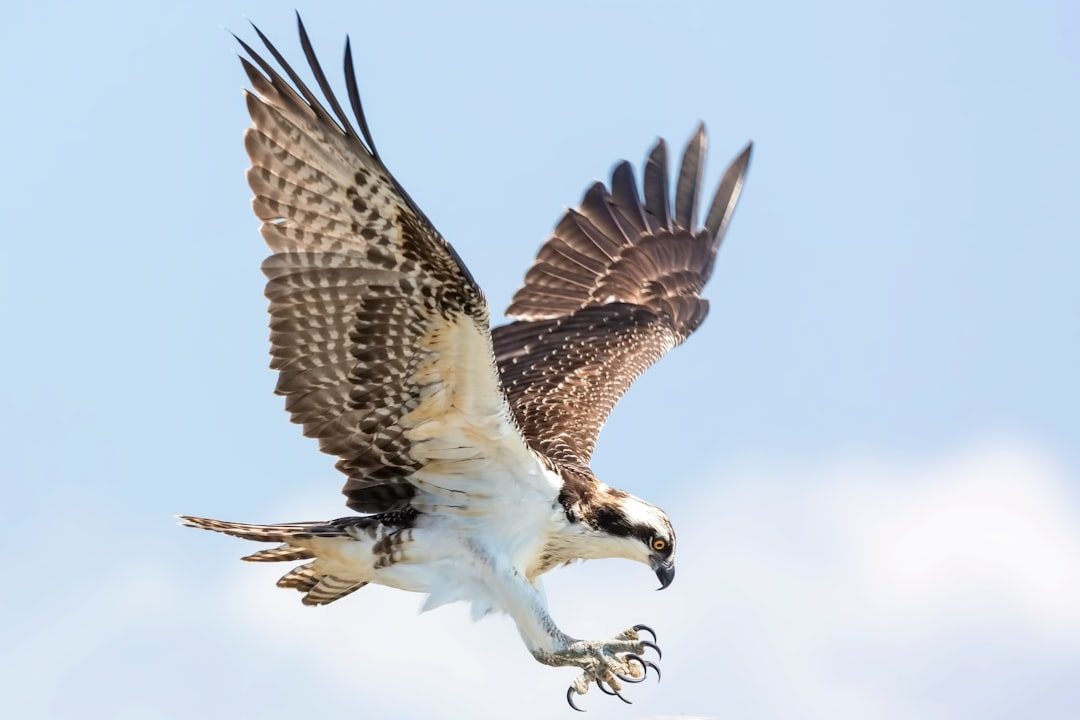
The similarities between dinosaurs and birds are especially striking when it comes to legs, feet, and claws, with the four-inch talons of the harpy eagle being as large as those of a Velociraptor and letting this modern predator carry off prey weighing up to 20 pounds, representing some of the largest talons found in any living animal. The sharp claws on your pet bird’s feet are direct descendants of the fearsome talons that once belonged to predatory dinosaurs.
Archaeopteryx had three separate digits on each fore-leg each ending with a claw, sharing features with dromaeosaurids and troodontids including three fingers with claws and hyperextensible second toes known as “killing claws.”
Hollow Bird Bones
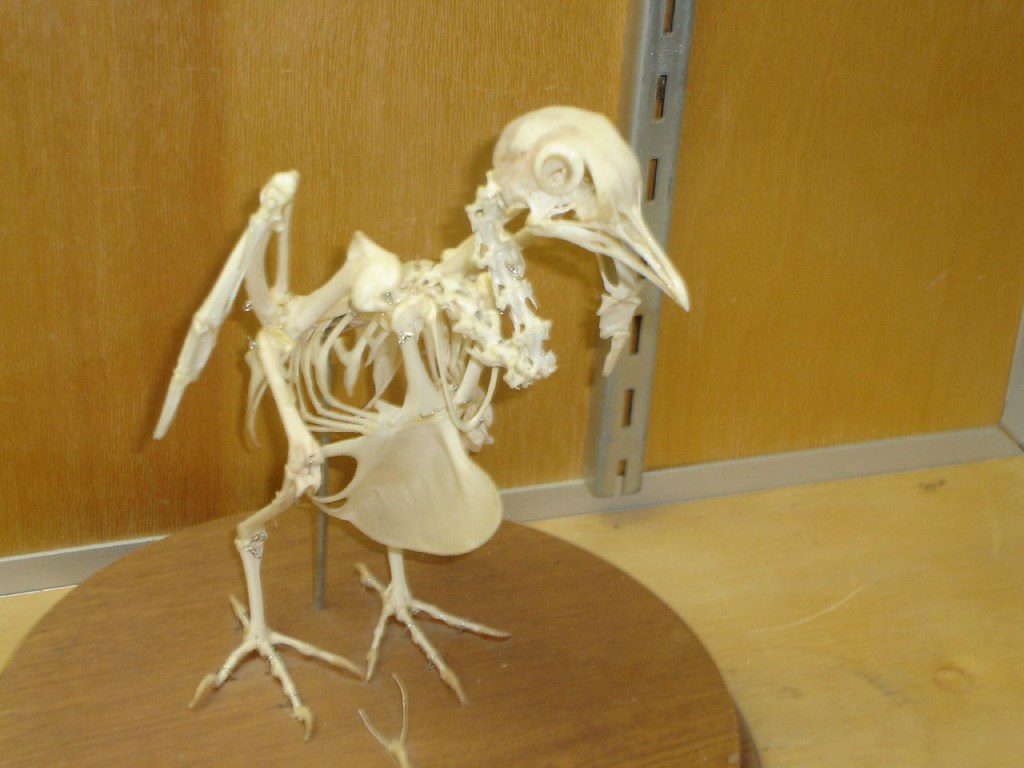
Hollow bones evolved independently in multiple groups of extinct ornithodirans, a group of reptiles more closely related to birds than crocodiles, including pterosaurs, sauropods and theropods, likely evolving to circulate more oxygen in the blood, enabling sauropods to become large and keep cool in the warm climate while keeping theropods light and nimble for hunting, fighting and eventually flying. The lightweight skeleton that allows modern birds to soar through your garden represents an ancient adaptation that first appeared in dinosaurs.
Birds have hollow bones, and most scientists assumed this trait evolved along with flight since lighter bones should make it easier to fly, but hollow bones are among several traits that made early birds well prepared for flight before they could take to the skies.
Modern Bird Beaks and Bills
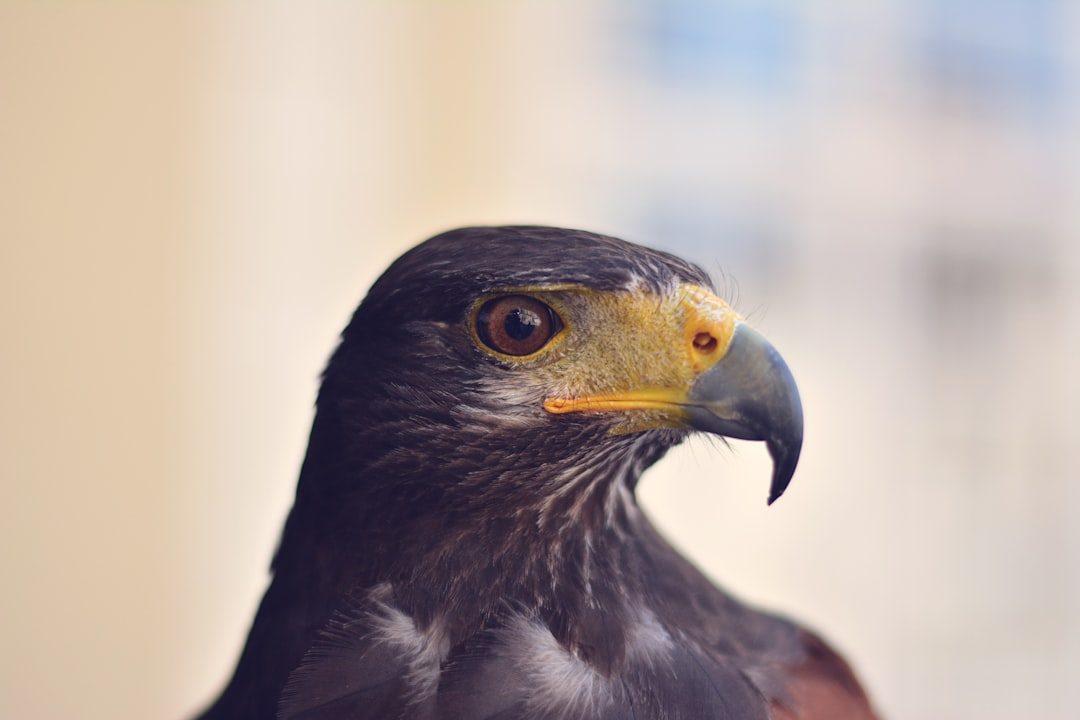
Oviraptorids were small, bird-like dinosaurs with toothless beaks, wishbones, and skulls filled with air pockets, sharing many similarities with birds today and representing a group of fairly small, bird-like dinosaurs with these distinctive features. Every time you watch a bird crack seeds at your feeder, you’re observing feeding behavior that evolved from ancient dinosaur adaptations.
Small theropods evolved sharp vision and claws for hunting insects and small vertebrates, while duck-billed hadrosaurs developed intricate dental batteries capable of grinding tough plant material. The specialized beaks we see in modern birds reflect millions of years of evolutionary refinement that began with their dinosaur ancestors.
Gizzard Stones in Bird Digestion

Some dinosaurs are known to have used gizzard stones like modern birds, with these stones being swallowed by animals to aid digestion and break down food and hard fibers once they enter the stomach, and when found in association with fossils, gizzard stones are called gastroliths. The digestive system that helps your pet parakeet process seeds mirrors the same mechanical digestion method used by enormous sauropods millions of years ago.
Fossil evidence demonstrates that birds and dinosaurs shared features such as hollow, pneumatized bones, gastroliths in the digestive system, nest-building, and brooding behaviors. This remarkable continuity shows how fundamental biological processes have remained essentially unchanged across vast spans of geological time.
Conclusion
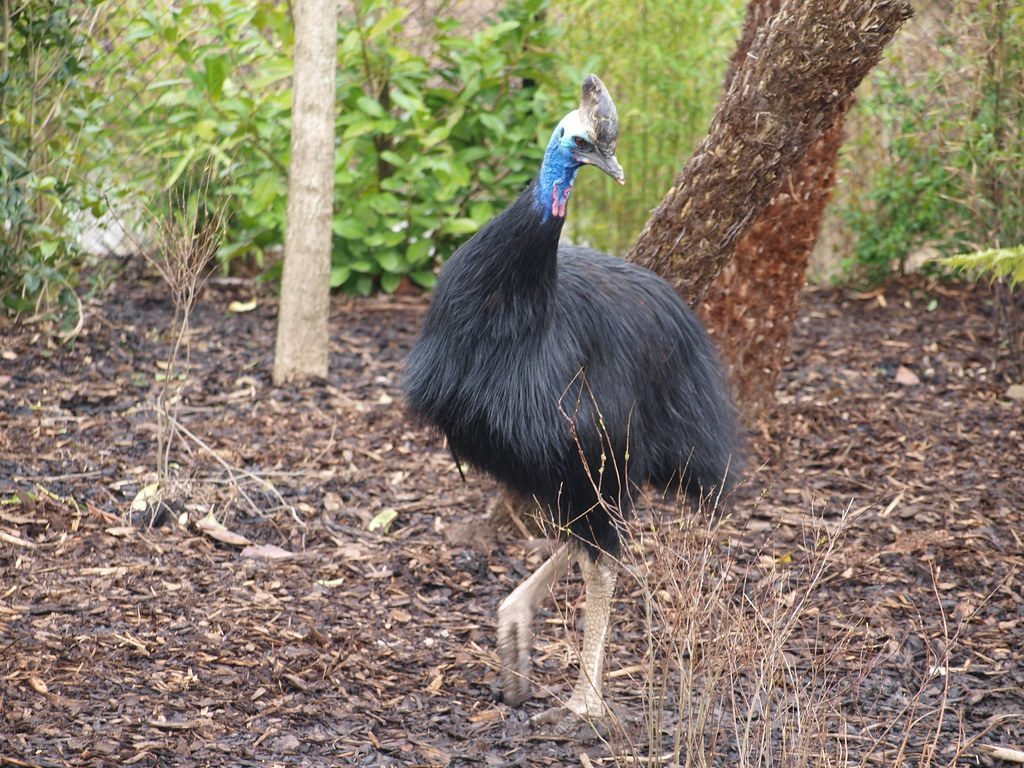
The next time you fluff your down pillow, crack an egg, or watch birds outside your window, remember that you’re witnessing living history. Many scientists now believe that modern birds are living dinosaurs, specifically a group of two-legged carnivorous dinosaurs called theropods that evaded the great dinosaur extinction event 66 million years ago by developing feathers, bigger brains, and smaller airborne forms, with paleontologists emphasizing that dinosaurs are still among us, represented by at least 13,000 species alive today.
These connections between ancient and modern life reveal evolution’s incredible continuity. Rather than disappearing completely, dinosaurs transformed and adapted, passing their innovations down through millions of years to reach your everyday world. What do you think about discovering these prehistoric connections in your daily routine?



